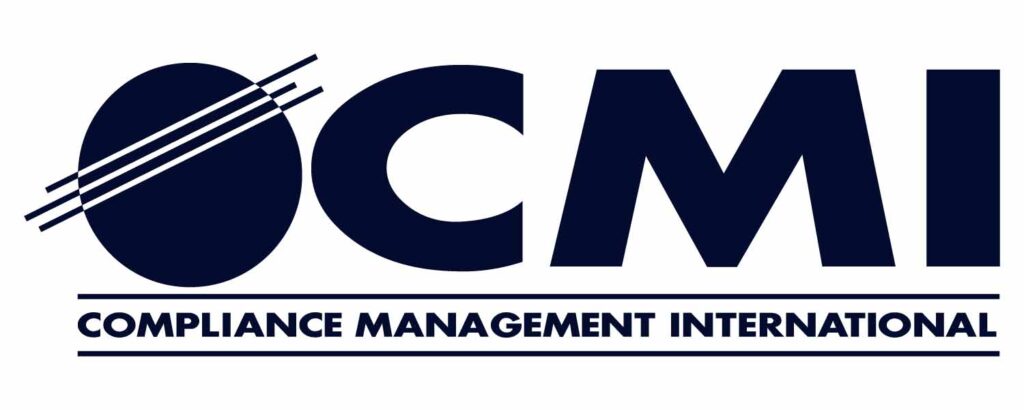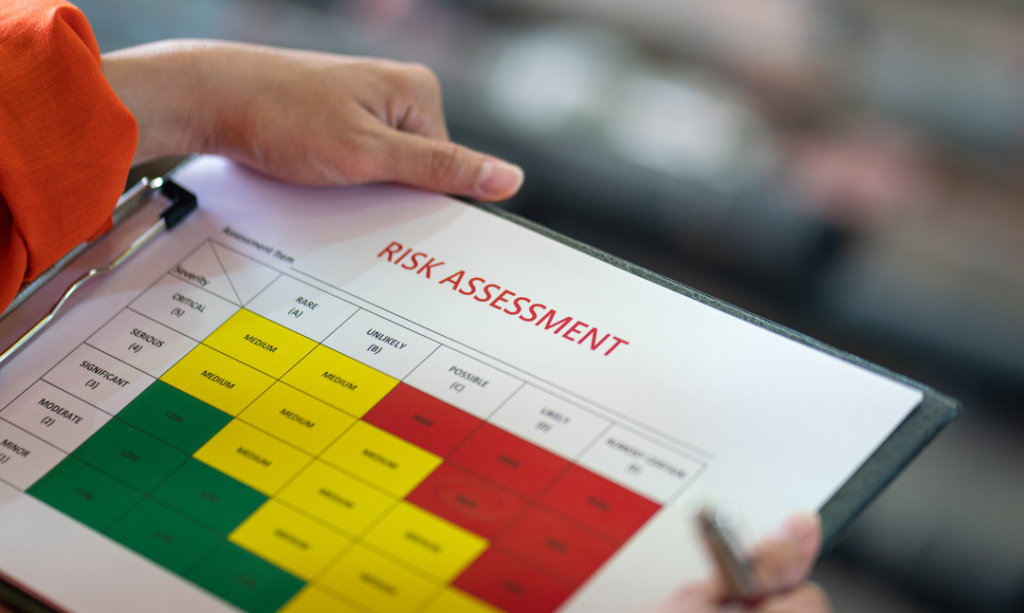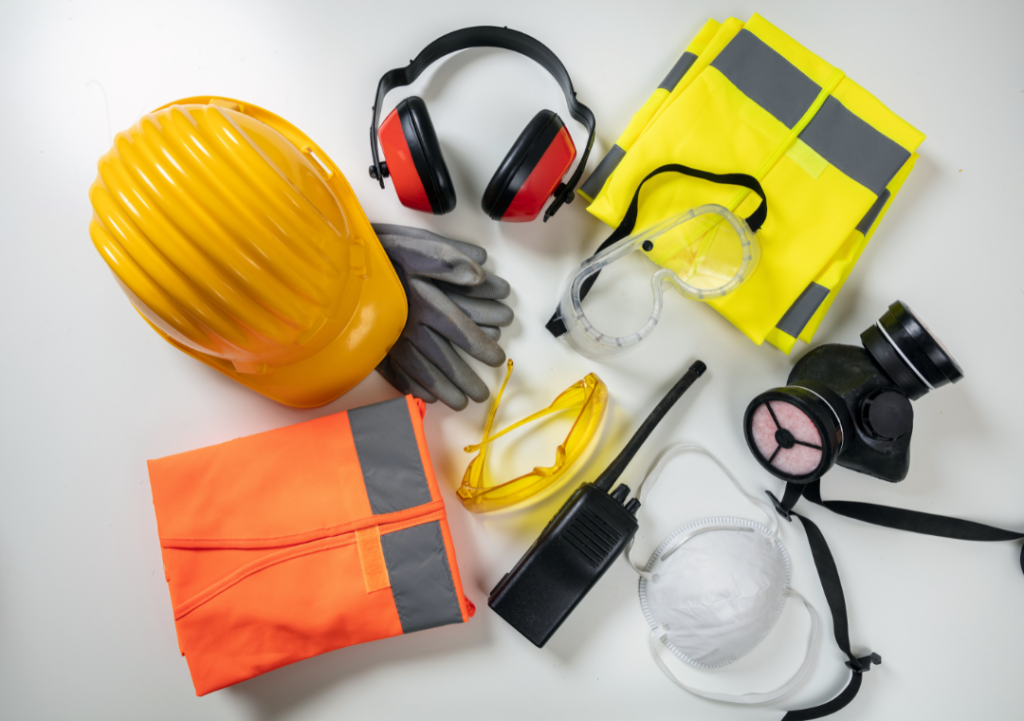With all the rain and flooding happening this time of year, it’s important to be vigilant about the possibility of mold growth. Even if the flooding you had was minor, mold thrives in moisture dense and humid areas. The most prevalent areas for mold growth in office buildings and warehouses are bathrooms, locker rooms, basements, attics, storage rooms, and kitchens, but anywhere there was recent flooding can potentially lead to growth.
Signs to look out for:
- Damp, musty smell that hangs in the air, similar to when you open an old book. This could be a sign of mold growth. Mold scents are different depending on the type of mold and while this is not always a reliable method of determining mold, this is the most common scent and complaint.
- An increase in allergy symptoms – runny nose, puffy eyes, etc. While this could be a sign of a cold or just plain allergies, if it occurs immediately following a flooding episode, you most likely have some kind of mold growth or other indoor air quality (IAQ) problem.
- A flooded area larger than 3ft. by 3ft. This large of an area takes longer to dry and is at a greater risk of developing mold. Even less than an inch of water in an area can be a breeding ground for mold and other fungi.
- Visible water stains, black or white growth on surfaces. If you can see the growth, you definitely have it. The water stains will alert you to areas of moisture that need to be addressed to prevent or eradicate mold that could be lurking in the walls and not necessarily visible.
Still not sure if your building/office is at risk? Our team of Certified Industrial Hygienists (CIH) are available to discuss your concerns and conduct an assessment for mold and other indoor air quality (IAQ) issues.



